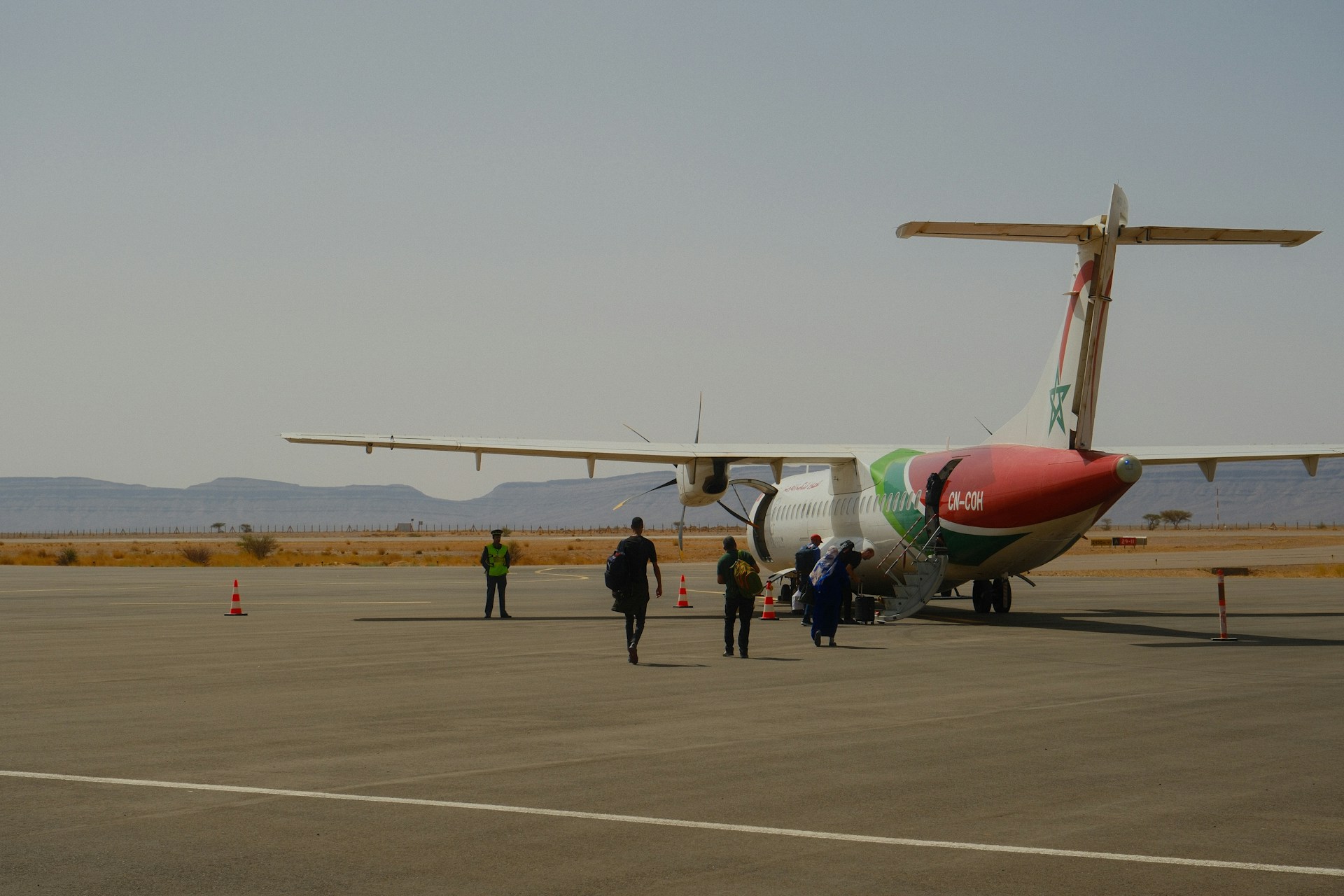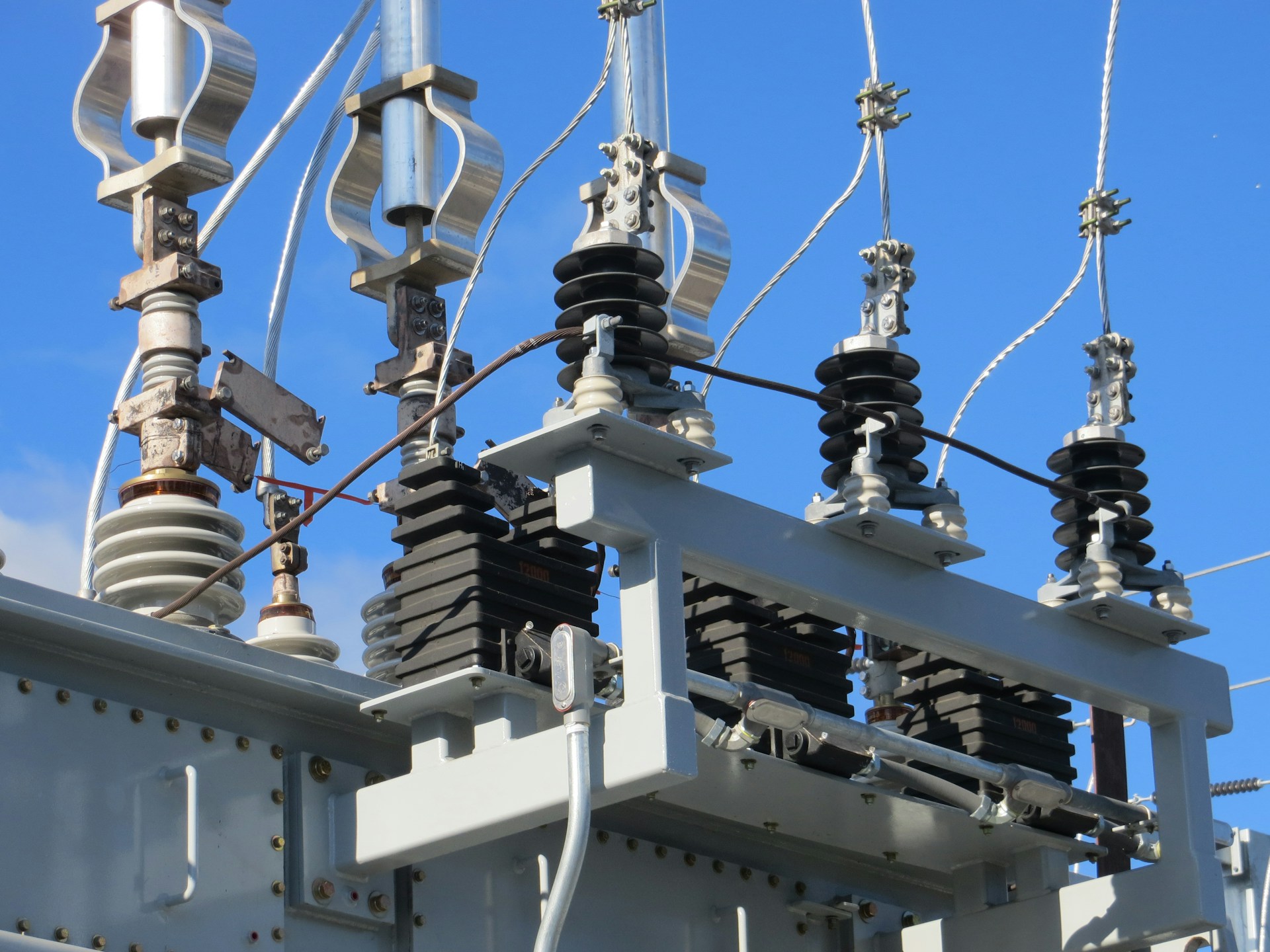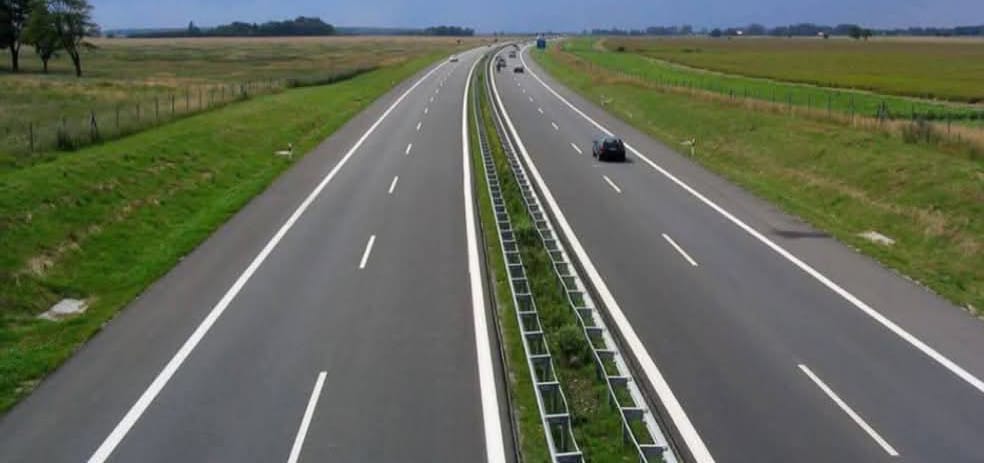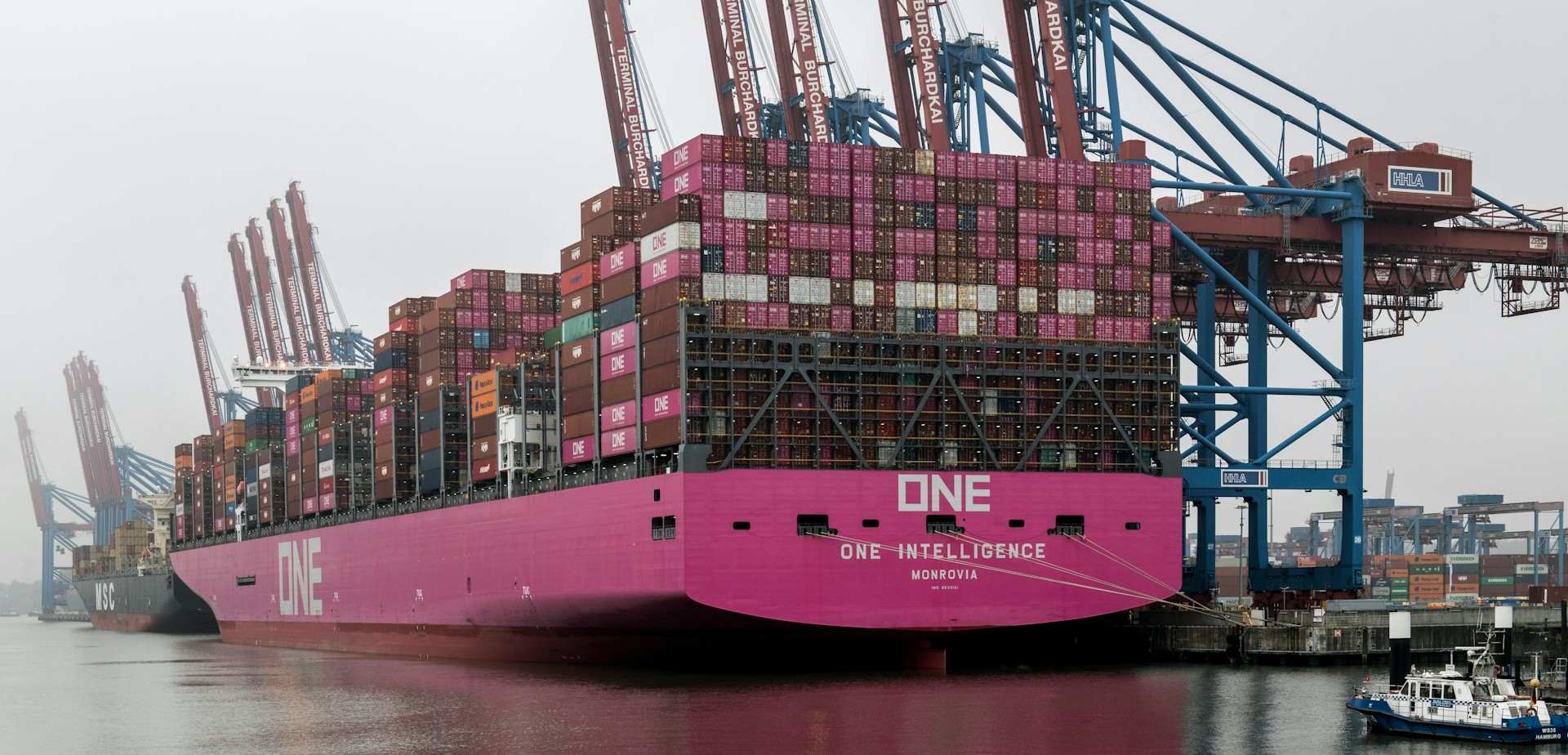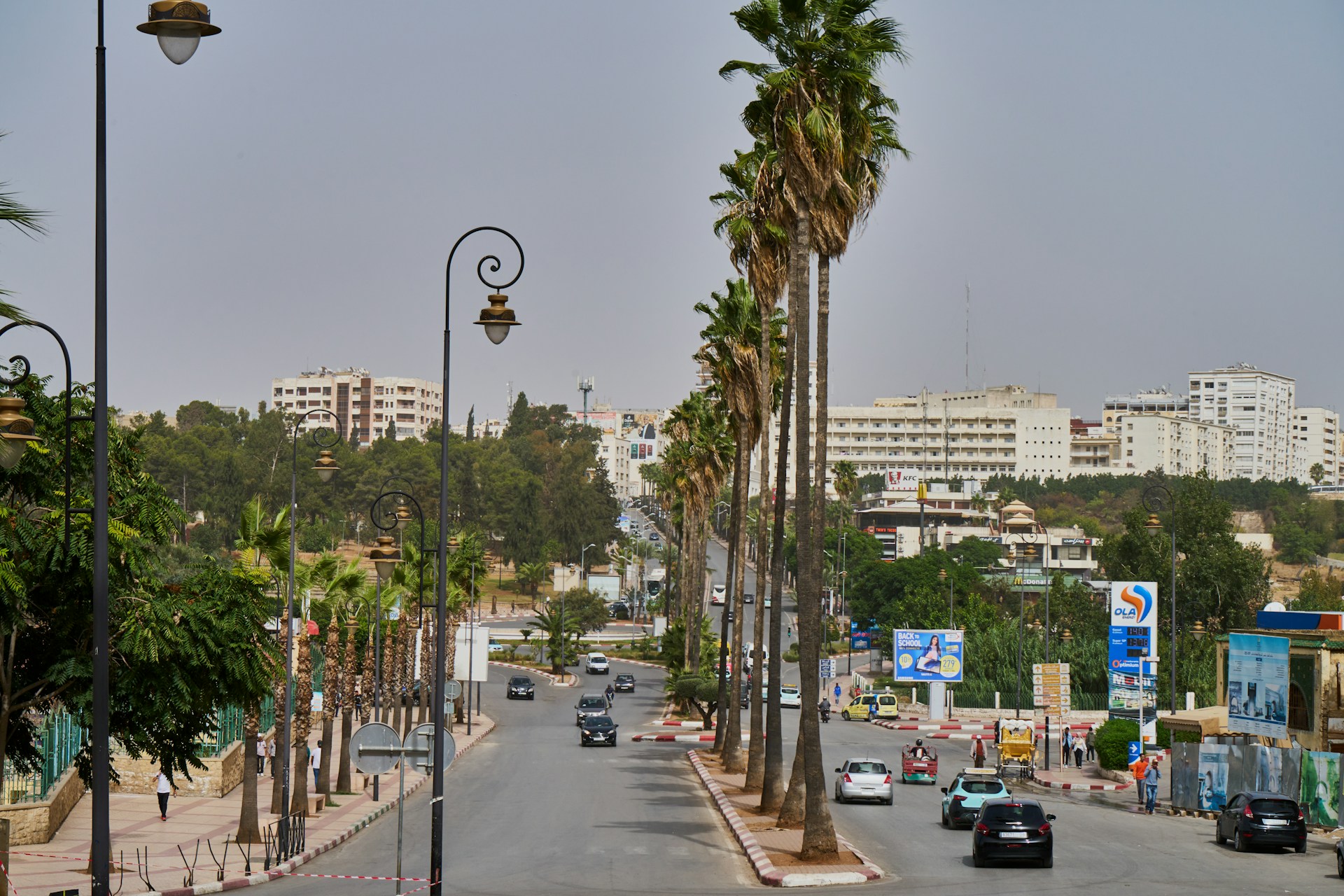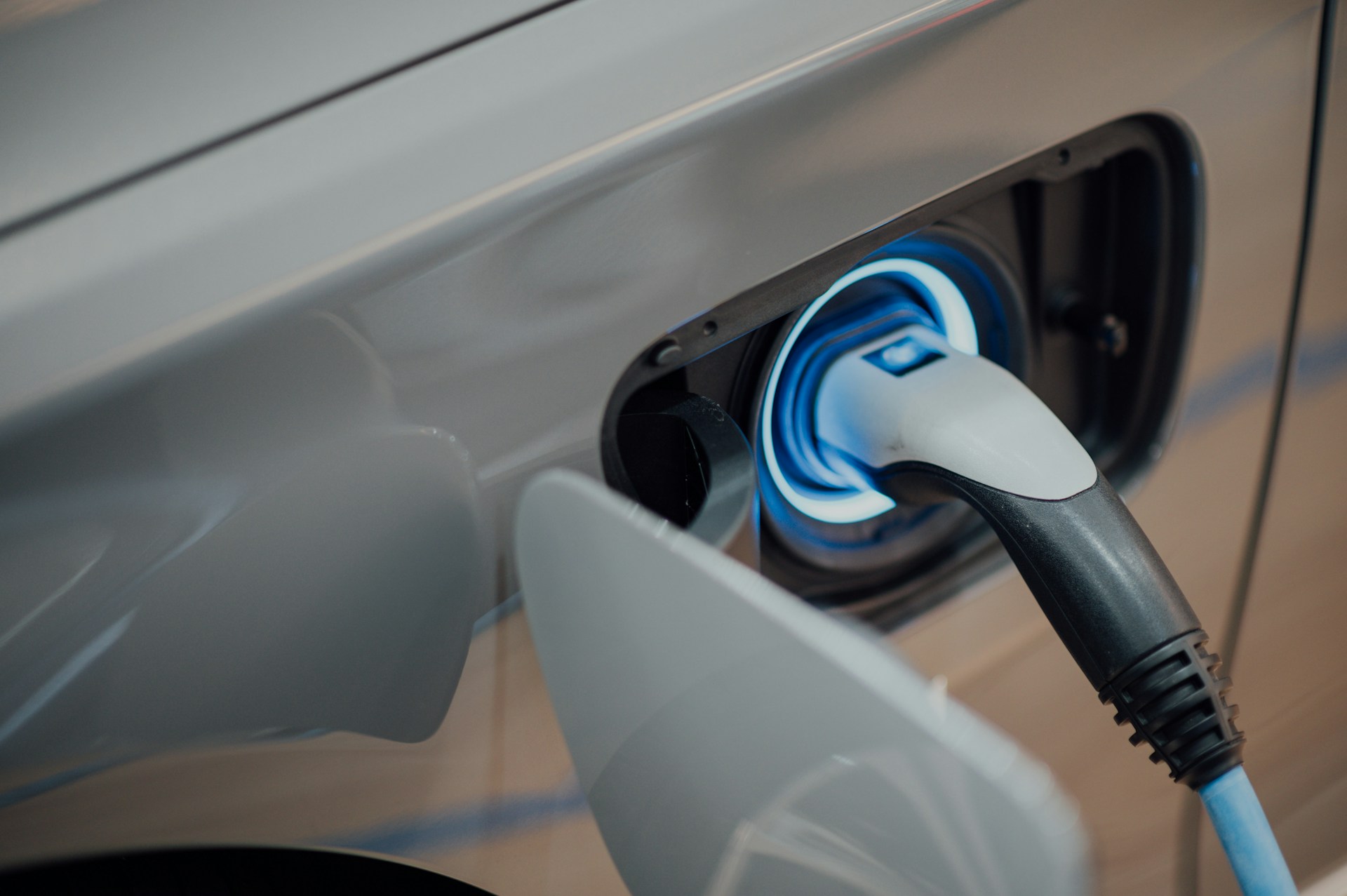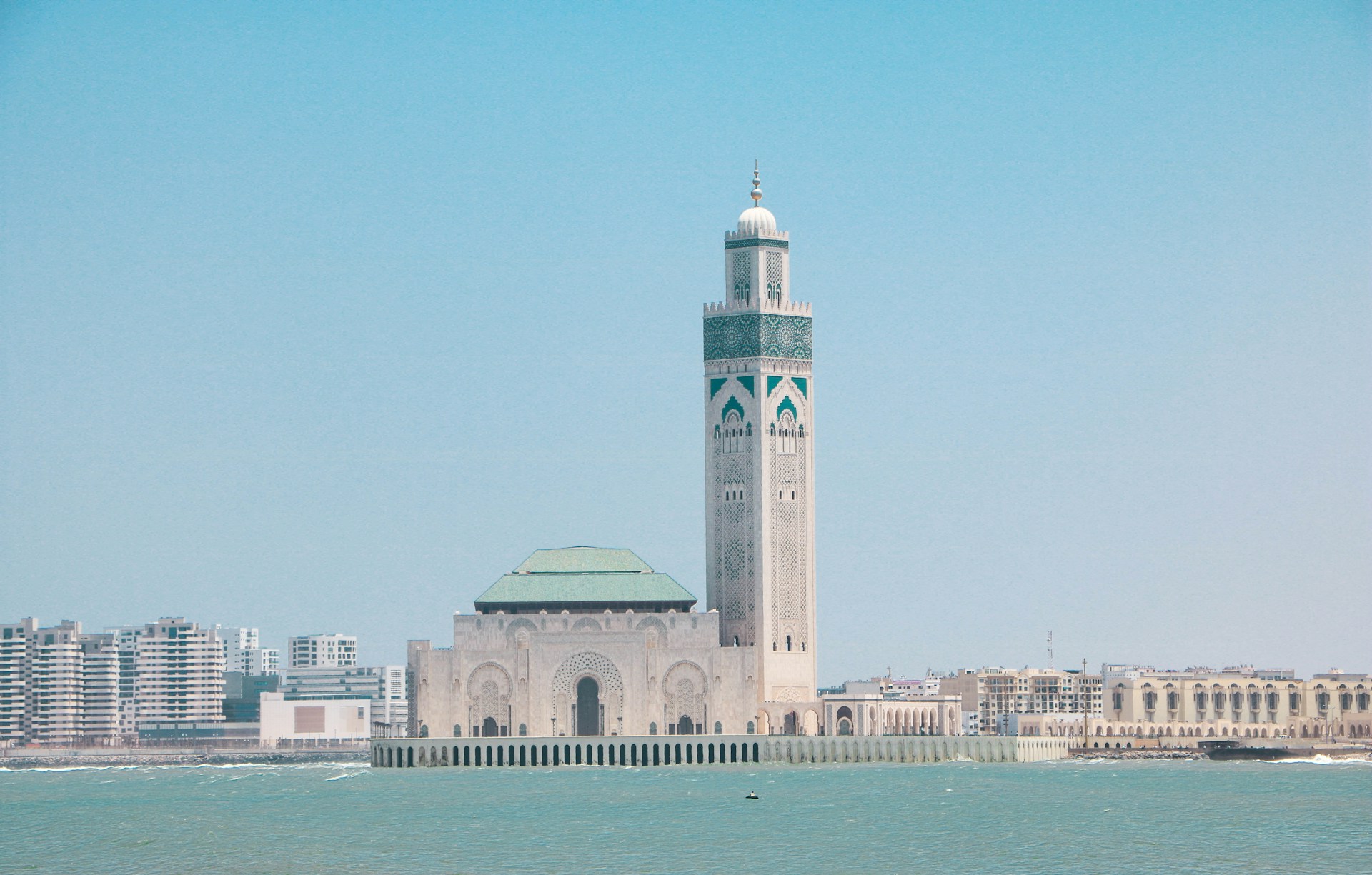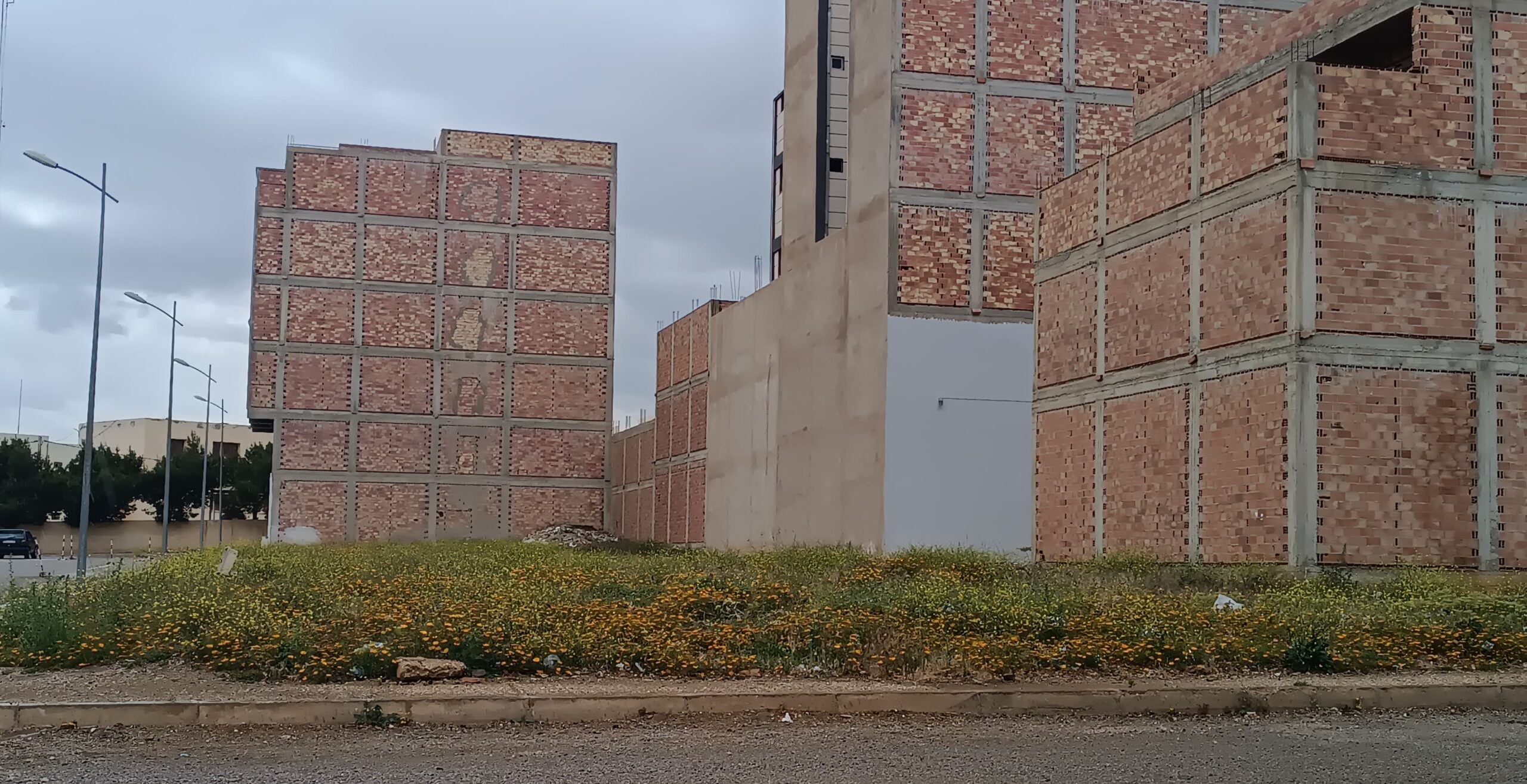Casablanca – The Moroccan government is considering a potential increase in highway toll rates, a move that has sparked widespread concern among citizens already grappling with a rising cost of living. Nizar Baraka, Minister of Equipment and Water, recently hinted at this possibility during a session in the House of Representatives, citing the financial challenges faced by the National Highways Company of Morocco (ADM).
Mounting debt and economic pressures
ADM is currently burdened with significant debt, with the company’s financial structure under strain due to escalating maintenance and construction costs. Since 2005, toll rates have remained unchanged, despite substantial increases in infrastructure expenses. This static pricing model has contributed to an economic imbalance, as ADM relies heavily on international loans, which constitute 80% of its funding.
Out of Morocco’s 1,800 km highway network, around 500 km suffer from low traffic volumes, recording only 3,000 to 4,000 vehicles per day. This figure falls well short of the 6,000 vehicles per day required for profitability, resulting in an estimated annual loss of approximately $103 million. If unaddressed, this deficit could persist until 2033.
Government response and financial restructuring
In an effort to stabilize ADM’s finances without directly burdening the state budget, several financial restructuring measures have been implemented:
• Debt ratio reduction: ADM has reduced its debt ratio from 4 to 1.5.
• Debt restructuring: Between 2016 and 2020, the company restructured approximately $1.6 billion of debt.
• Cost optimization: Improved debt servicing strategies have saved around $515 million, projected through 2032.
• Currency risk management: An insurance mechanism has been introduced to mitigate the impact of exchange rate fluctuations.
These initiatives have successfully lowered ADM’s debt from about $4.1 billion to $3.8 billion in 2023. However, the company still faces challenges in securing funds for future investments, particularly the planned expansion of the highway network to 3,000 km in line with royal development ambitions.
Debate over toll increases
While the government considers raising toll rates as part of a new contract-program with ADM, the proposal has been met with strong opposition. Critics argue that such a measure would disproportionately affect Moroccan households already struggling with high living costs, including rising fuel prices, housing expenses, and food costs.
Concerns have also been raised about the socio-economic impact of toll hikes, with critics highlighting regional disparities in highway access and usage. They stress that investments should aim to reduce these inequalities rather than increase financial burdens on road users.
Exploring alternative solutions
Beyond toll adjustments, ADM is exploring other avenues to improve its financial standing:
- Commercial development: Enhancing revenue through the commercial exploitation of highway-adjacent areas.
- Private partnerships: Attracting private investors, especially for less profitable highway sections.
- State contribution tied to traffic: Proposing state contributions based on the traffic volume of specific highway segments.
The final decision on toll increases will depend on ongoing negotiations between ADM and the government. The challenge remains to balance financial sustainability with the need to maintain accessible and affordable transportation for Moroccan citizens.
As discussions continue, the public and policymakers alike are watching closely, hoping for solutions that address ADM’s financial woes without adding undue pressure on the population.
